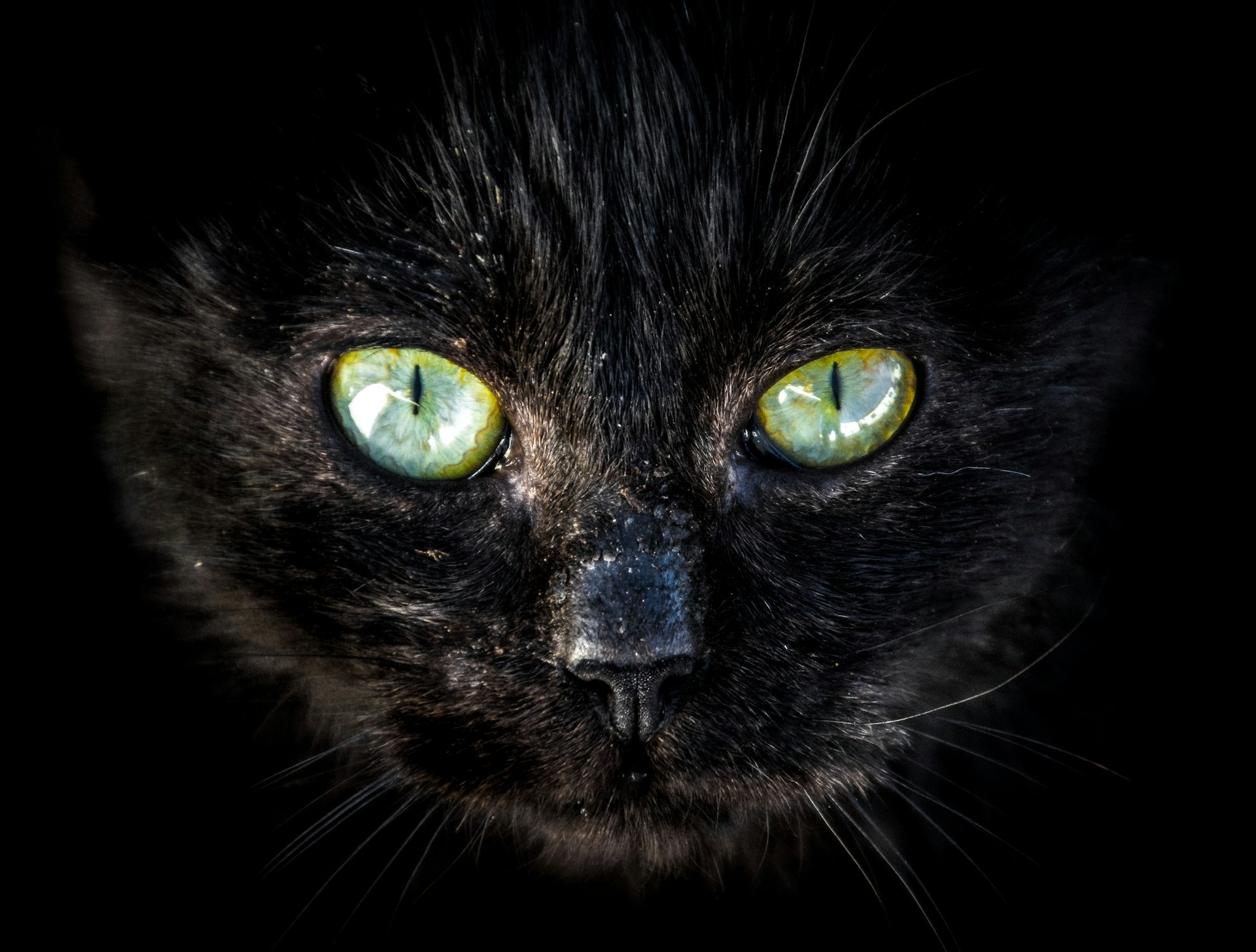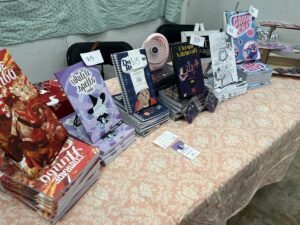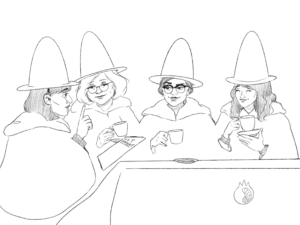Appendix:
Today’s episode tells the tale of an endangered bird, the forces that hunted it to extinction, and the cat that got blamed for everything. This story takes place on Stephens Island: a tiny speck of land off the coast of New Zealand that measures less than a square mile in size.

Stephens Island was, at one point, home to a tiny, flightless bird called the Stephens Island wren. In life, it would have looked something like this:

There are a handful of preserved wren specimens around today, though “preserve” is a loose term. They haven’t held up too well:


Its closest living relative is New Zealand’s kiwi. If you squint at that moldering bird mummy up there, you can kind of see the resemblance.

Today, the Stephens Island wren is a conservation icon. Not because it was particularly popular prior to its extinction in the early 1900s or anything. Rather, the entire species is famous for having allegedly been wiped out by one single cat: Tibbles, who belonged to the island’s lighthouse keeper.


Of course, legends have a way of growing more incredible over time. Today’s episode investigates the likelihood that one cat could truly be responsible for all the destruction, or whether it’s possible Tibbles got framed for some human funny business.

Not that we should discount the house-cat’s capacity for devastating whole ecosystems, of course.

Sources:
The Crazy Story Of A Cat Named Tibbles Who Killed Off A Whole Species Of Bird by Chelsea Harvey
The Story of the Stephens Island Wren by BBC News
IBIS – British Ornithologist’s Union
Museum Management:
Museum theme by Michael Guy Bowman
Listen to more at: bowman.bandcamp.com
Rachel: Designer #UkuleleWitch @rachelvice
Tour Guide: Emery Coolcats
Twitter: @natmysterycast | Email: natmysterypodcast@gmail.com | Home: pome-mag.com/category/pomecast
Follow the show on iTunes or Soundcloud!
Museum of Natural Mystery is part of the POMEcast network, and thanks a million to the ladies of POME for helping this show get up and running! But above all, thank you for listening!
Featured image source: Yannick Menard on Unsplash.




